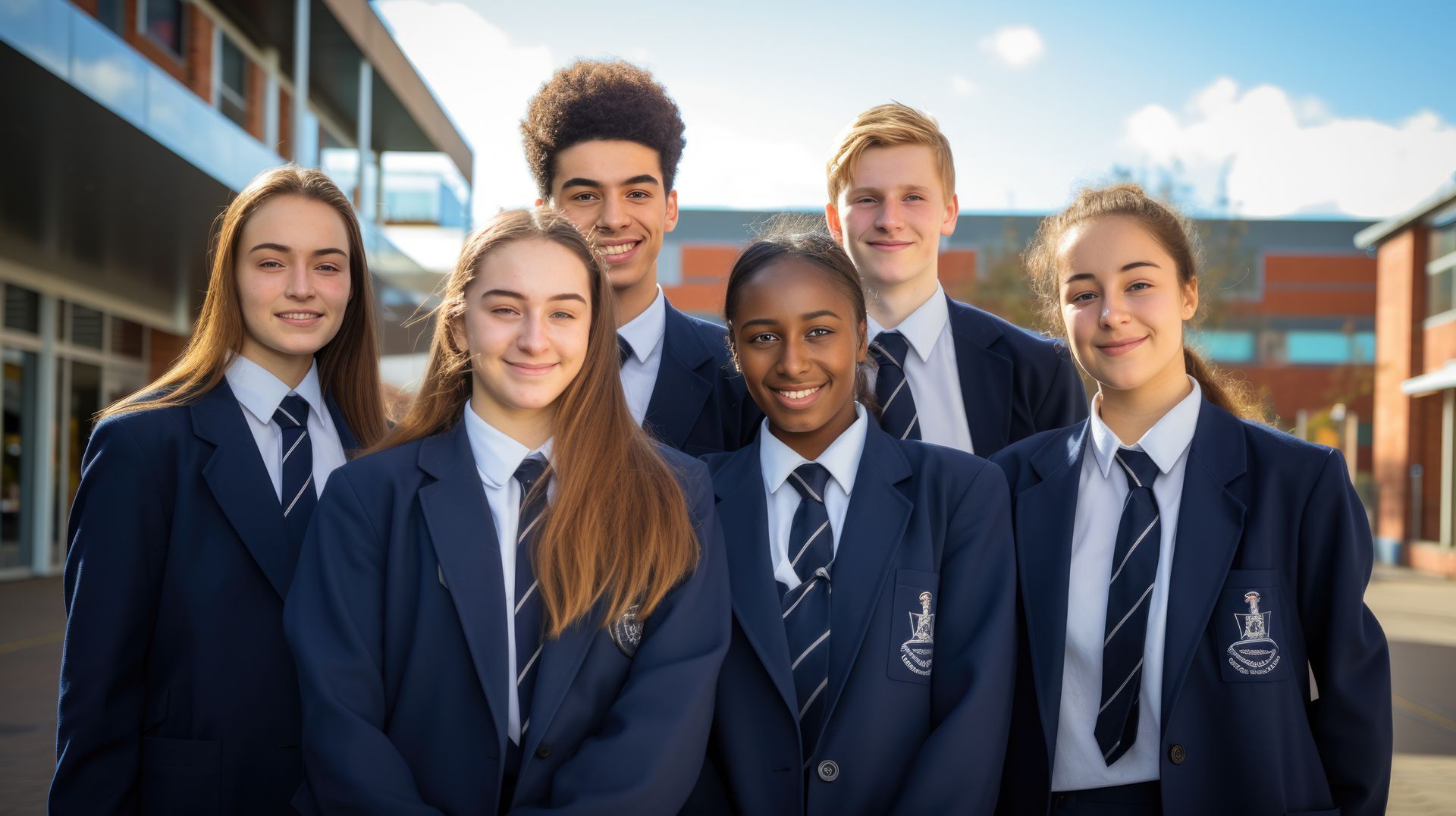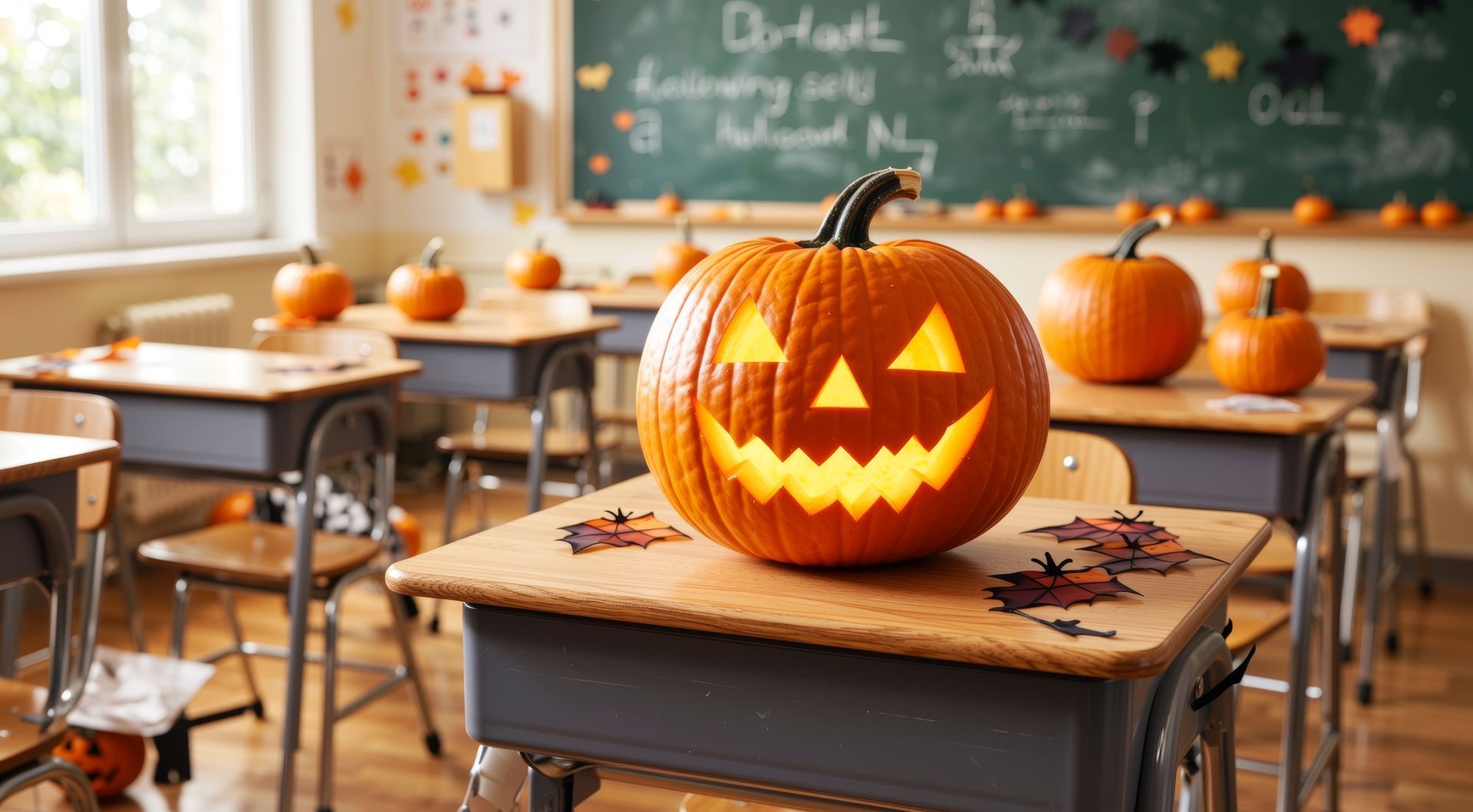Tips for teachers - 11
Crafting a Positive Learning Environment: Embracing Mistakes and Encouraging Risks

Introduction:
A positive learning environment is foundational to effective teaching and student success. Craig Barton, an influential educator, emphasises the importance of creating a classroom atmosphere that encourages risk-taking and values mistakes as learning opportunities. This blog post explores how teachers can cultivate such an environment, fostering a space where students feel supported, engaged, and motivated to learn.
The Importance of a Positive Learning Environment:
In a positive learning environment, students feel safe to explore, make mistakes, and take intellectual risks. This setting supports academic growth and nurtures emotional and social development.
Craig Barton's Tips for Building a Positive Learning Environment:
- Foster a Culture of Respect:
Establish a classroom culture where respect is paramount. Encourage students to listen to and value each other's ideas, creating a sense of community and belonging.
- Normalise Mistakes:
Frame mistakes as a natural and valuable part of the learning process. Highlight that every error provides an opportunity to learn and grow.
- Encourage Risk-Taking:
Motivate students to step out of their comfort zones and try new things. Praise the effort and courage it takes to tackle challenging tasks.
- Provide Constructive Feedback:
Offer feedback that is specific, constructive, and focused on improvement. This helps students understand how they can learn and grow from their experiences.
- Celebrate Progress and Effort:
Recognise and celebrate student progress and effort, not just achievement. This reinforces the value of hard work and persistence.
- Create a Supportive Atmosphere:
Develop an environment where students feel supported by their teachers and peers. This support system can significantly boost confidence and willingness to engage.
- Incorporate Collaborative Learning:
Use group work and collaborative projects to foster teamwork and peer support. This approach can help students learn from each other and build social skills.
- Design Inclusive Activities:
Ensure that classroom activities cater to diverse learning styles and abilities. Inclusivity in teaching methods can make all students feel valued and capable.
- Encourage Open Communication:
Maintain open lines of communication with students. Let them know that their thoughts and feelings are important and valid.
- Reflect and Adapt:
Continuously reflect on your teaching practices and the classroom environment. Be open to making changes based on student feedback and needs.
Conclusion:
Building a positive learning environment is a dynamic and ongoing process. By embracing Craig Barton's approach, teachers can create a classroom atmosphere that encourages risk-taking, values mistakes, and supports holistic student development. Such an environment not only enhances academic learning but also prepares students for the challenges and opportunities of the real world.











